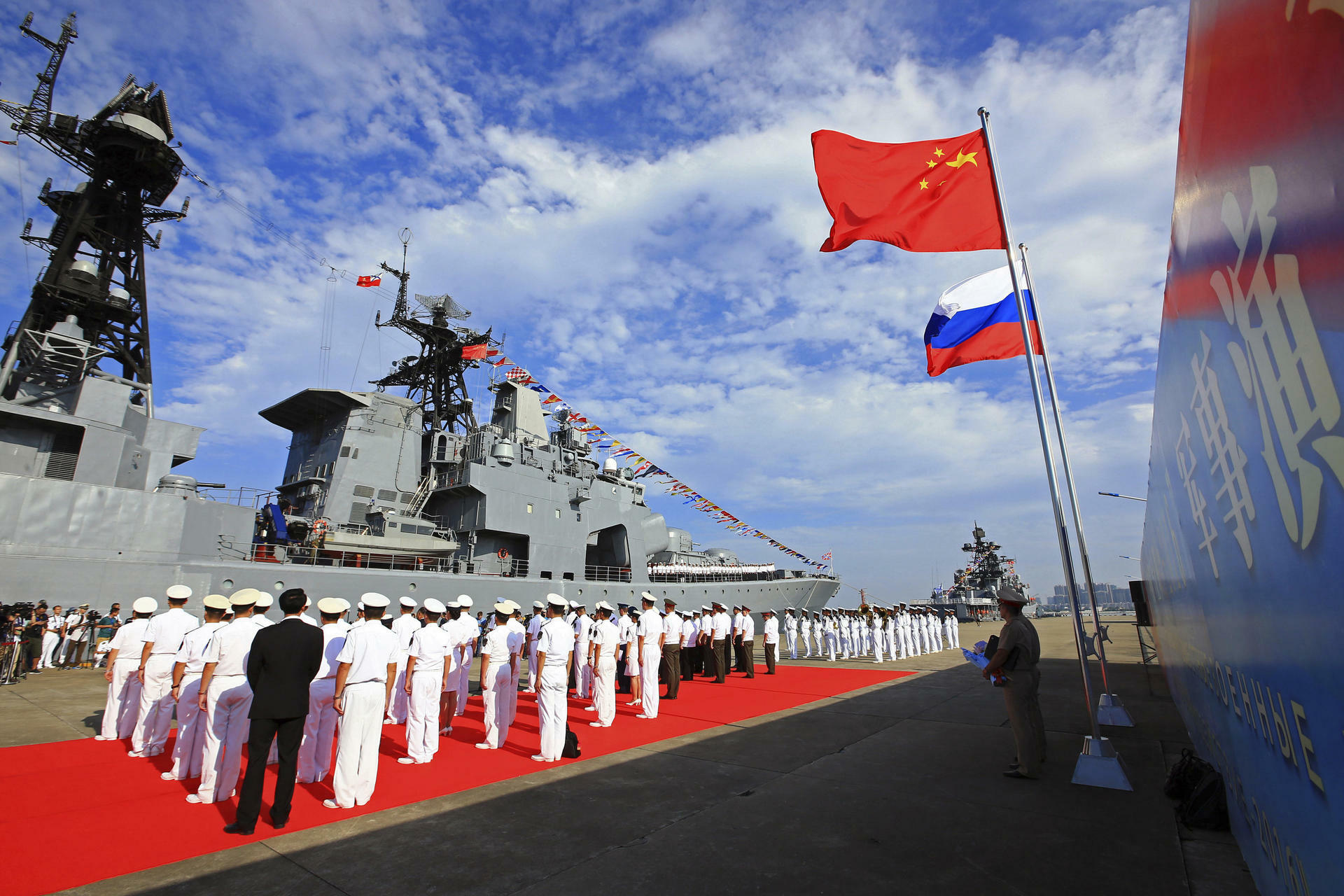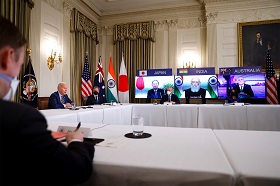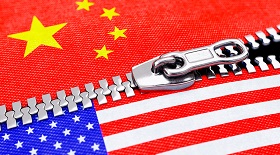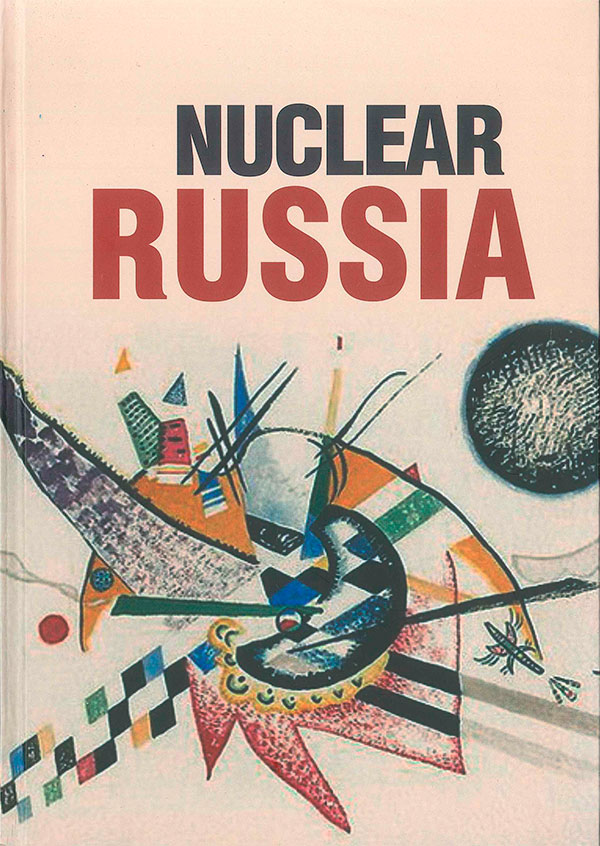Far from surprising is the fact that China seeks a reorganization of military thinking when you consider all the aspects of China’s standing around the globe as well as the complex economic relationships it maintains. Without neglecting the great classics of Chinese strategic thought that seamlessly spans from Sun Tzu to Mao Tse-tung, China is moving towards a general update of its military doctrine.
Mao’s thinking provided for a prominent role to the army, subordinate to the party, in the construction of a socialist society. Chinese political thought, with a certain degree of traditional realism, has always paid attention to detention and use of force.
This notwithstanding, the challenges facing the People’s Republic of China of today are not quite the same they were a few years ago. The progressive restructuring of national armies and reductions in personnel, diplomacy, information and economic stability of countries has completely changed the cards on the table in a world where survival of states no longer seems so obvious as it did a few decades ago.
The Chinese military-strategic thinking has changed; instead of the former “coastal defense”, “active coastal defense” and “defense in distant waters” will be put into service. In other words, China has set out to become a leading maritime power. Whereas it was previously limited to defending maritime borders, today’s China aspires to a leadership across the World Ocean.
Far from surprising is the fact that China seeks a reorganization of military thinking when you consider all the aspects of China’s standing around the globe as well as the complex economic relationships it maintains. Without neglecting the great classics of Chinese strategic thought that seamlessly spans from Sun Tzu to Mao Tse-tung, China is moving towards a general update of its military doctrine.
Mao’s thinking provided for a prominent role to the army, subordinate to the party, in the construction of a socialist society. Chinese political thought, with a certain degree of traditional realism, has always paid attention to detention and use of force.
This notwithstanding, the challenges facing the People’s Republic of China of today are not quite the same they were a few years ago. The progressive restructuring of national armies and reductions in personnel, diplomacy, information and economic stability of countries has completely changed the cards on the table in a world where survival of states no longer seems so obvious as it did a few decades ago. The centripetal thrusts and the supply of resources present serious obstacles to the political stability of entire countries. In this scenario, military art becomes only one of the possible guarantees of safety. Rather, it is ensured by several factors that contribute to the overall stability of a state system.
A similar idea has already been expressed by Qiao Liang and Wang Xiangsui, the two Chinese colonels who saw an era of “non-war military operations” and “non-military war operations” to be emerging, with the two becoming increasingly indistinguishable[1]. If the perspective that the two colonels wanted to make clear was concerning an increasingly enveloping growth in the sphere of conflict—similar to the title of a chapter of their book, “The face of the god of war has become indistinct”—in reality, this basis equally allows us to assert that the contours of war have blurred into some elements that are more competitive rather than strictly warlike.
China has not declared any all-out war but is realistically tying its strategy to securing its primary interests. On the other hand, the colonels asserted in the same book how the new challenges, always read by them under the lens of the war sphere, would also present themselves under the economic guise, providing the example of how financial speculation against the Asian Tigers had caused catastrophic effects on those states, almost comparable to those of a conflict.
The rebalancing of military doctrine becomes as important as the other elements considered so far within a phase of rebalancing of the economic weights of countries. This explains why China is still the second country in the world in terms of military spending with 261 billion dollars a year, 14% of the global total. The first country in terms of military spending is the United States, with more than 732 billion of spending or 38% of the global total. To understand the gap with the rest of the world, suffice it to say that the third country in this count is India that spends 71.1 billion a year, accounting for only 3.7% of global spending[2].
While the number of wars has increased in the aftermath of the Cold War, their intensity has decreased. Moreover, the big ones do not wage war for reasons related to the framework of the international financial system and to the risk of mutually assured destruction, which is a rarely-discussed, yet remote possibility. The problem, which is to be posed in strictly warlike terms, is related to raising the level of competition between the great powers, which also occurs in economic terms. Some geopolitical and other geoeconomic reasons set China and the United States against each other as competitors. Undoubtedly, the issue today is to overcome the Thucydides trap that President Xi Jinping has spoken about, which threatens to plunge the two countries into a negative relational vortex, understanding that the international framework is not limited to these two players only as the challenges for China are manifold.
The continental vocation
China is a country with a double vocation: continental and maritime. It overlooks the sea for about 14,500 kilometers and borders the land for 22,117 kilometers. Its military doctrine and strategic choices should reflect this ambivalence.
Due to the lack of access to the appropriate technological equipment to sail the seas in the best possible way and to the fluctuating relations with India and the Soviet Union, whose ally was Mongolia, China has been devoting itself predominantly to its terrestrial dimension for a long time. The defense of the land border was very important for China. In addition, the country’s political and military cadres were formed during a revolution that had trained them in a direct relationship with the soil—which, we recall, was also studied by them as a primary means of production—which made Carl Schmitt define them in his famous text on the figure of the irregular fighter in modern politics as “the last partisans of the earth[3].” This was also reflected in the structure of the Communes, agricultural production bases that also organized military life within them.
Beyond this, the importance of the nuclear weapons was not overlooked, which was then, as is now, a means of deterrence of inestimable value. However, it was not always interpreted in this way only. The People’s Republic of China certainly did not want to be the first to use this weapon—it was less equipped than the two main Cold War opponents—but was still preparing for a counter-offensive, according to the principle of “fight early, fight big, fight a nuclear war[4].”
To date, China projects its continental appeal to the Shanghai Cooperation Organization. Its cooperation with the SCO nations extends in part to the One Belt One Road Initiative as well as the complex system of pipelines that extends from Central Asia. China’s integration projects, on which its supplies of resources depend, are defended by an alliance whose raison d’être is security, above all.
In reality, the pact between the People’s Republic of China and the Russian Federation, which cemented the existence of the organization as early as 1996, was concluded by Yeltsin and Jiang Zemin precisely because of the growing unilateralism of the U.S., which threatened the two countries’ greater independence, at least in their eyes[5]. Bobo Lo summarizes the emergence of this alliance as follows:
“Much of the impetus behind its development has come from a desire to restrain the “hegemonic” power of the United States. In the immediate post-Cold War era, the arrival of the “unipolar moment” encouraged the reassertion of American internationalism, missionary in its zeal and seemingly unchallengeable.[6] This America was seen to threaten regional as well as ex-global powers and provided a natural locus for Sino-Russian convergence.[7]”
The Shanghai Organization for Cooperation provides China with a reassuring alliance towards the continental West, while the joint exercises under its auspices also allow cooperation with countries with less relaxed political relations, as in the case of India.
The maritime vocation
Despite the ‘terrestrial’ nature of Mao’s communist revolutionaries, it fails to escape notice that the famous motto of the Chinese leader regarding the People’s Liberation Army goes, “The army among the people must be like fish in water.” Perhaps, this metaphor is not exactly nautical, but it suggests that the considerations of ‘water’ still play an important role in Chinese strategic thinking.
In the latter period, China has strongly turned to the maritime sphere, in several ways. Through them the country imports and exports large quantities of goods. Trade routes are of great importance to China. Because of its partial dependence on maritime trade, it is naturally focused on the strategic control of the sea communication lines that Mahan spoke of. However, as noted earlier, China’s dependence on maritime imports began somewhat later than the conversion of its interests to the sea, as it did not become a net importer of oil until 1993[8]. Indeed, the change concerning the maritime sphere in China’s military doctrine is long-term and has seen the succession of different phases. Another point to consider is that of the defense line of the Asian perimeter, hypothetically threatened by possible invasions—and, in any case, partially under the American control, especially so in Japan and South Korea. The American Defense Department, however, itself considers the element of defense of the Slocs to be primary to China, “vital to China’s global ambitions[9].”
This interest in the defense of the Sloc is more precisely justified as follows:
“China relies on Slocs such as the South China Sea and Strait of Malacca for the majority of its hydrocarbon deliveries. In 2018, approximately 78 percent of China’s oil imports and 16 percent of natural gas imports transited the South China Sea and Strait of Malacca. Despite China’s efforts to diversify energy suppliers, the sheer volume of oil and liquefied natural gas imported from the Middle East and Africa will make securing strategic SLOCs a priority for China for many years.[10]”
The South China Sea offers a number of serious strategic advantages: its islands and archipelagos can be used as observation points for submarine operations; they are a convenient location for bases that can control sea lanes and they can serve as launching points for amphibious and ground attacks.[11] The country to control the Spratly archipelago will be able to block all communications on the South China Sea in the event of war. Japan’s occupation of Southeast Asia and the organization of a submarine base in the Spratly archipelago during the Second World War proves the highest strategic importance of the South China Sea.
As for the regional level, there are some significant issues about territorial disputes such as the one over the Senkaku/Diaoyu islands or the one over the Spratly Islands, let alone Taiwan being a serious bone of contention.
Besides, China wants to prevent any kind of containment, professed by the United States towards China even in the course of the Cold War. A greater expansion into deeper waters would also guarantee it more freedom in real terms. This new opening to the maritime dimension also brings important results in terms of engineering and production, as China is one of the most efficient shipyards in the world.
The geopolitician Nicholas Spykman[12] pointed out that the desire to take possession of the adjacent sea led to further maritime or peripheral land expansion. Such was the case, for example, with the United States when it sought to subdue the Caribbean Sea to emphasize its importance to America, with Spykman having referred to it in his works as the “Mediterranean Sea of America.” The South China Sea plays the same role for China. By gaining control over it, China can appropriate an important geo-economic object and ensure the security of its Southern coast.
Such fact as the growing share of the “maritime economy” in China’s economic life should be noted. China will again be forced to increase its presence in the ‘water’ to protect itself. The Chinese military-strategic thinking has changed; instead of the former “coastal defense”, “active coastal defense” and “defense in distant waters” will be put into service. While the implementation of the latter requires “gaining effective control over the sea space within the first chain of islands,”[13] the latter should be understood as just the islands and reefs of the South China Sea.
In other words, China has set out to become a leading maritime power. Whereas it was previously limited to defending maritime borders, today’s China aspires to a leadership across the World Ocean. According to Li Guanjun, a Chinese researcher, the Chinese navy will have to be present wherever it is necessary to defend China’s national interests[14]
While the Asian perimeter is the reference dimension for the defense of the closest national interests, it has been pointed out that China’s maritime policy is in no open competition with that of the United States. On the contrary, it intends to cooperate with the U.S. on the sea to counter threats to water security and trade[15]. In this, too, we understand how China intends to play its role in adopting a fully multilateral perspective.
1. Quiao Liang e Wang Xiangsui, Guerra senza limiti. L'arte della guerra asimmetrica tra terrorismo e globalizzazione, Libreria Editrice Goriziana, Gorizia 2016.
2. Stockholm International Peace Research Institute, Trends in World Military Expenditure, 2019, 2020.
3. C. Schmitt, Teoria del partigiano. Integrazione al concetto del politico, Adelphi, Milan 2005.
4. S. Dossi, Rotte cinesi. Teatri marittimi e dottrina militare, Università Bocconi Editore, Milan 2014, p. 45.
5. I. Adda, L'importanza del “fattore esterno” nel rinnovato rapporto di fiducia tra Cina e Russia, in F. M. Parenti, Il socialismo prospero. Saggi sulla Via Cinese, NovaEuropa Edizioni, Milan 2017, p. 49.
6. C. Krauthammer, The Unipolar Moment, Foreign Affairs, vol. 70, no. 1 (1991), pp. 22–33 [quoted by B. Lo].
7. B. Lo, Axis of Convenience. Moscow, Beijing and the New Geopolitics, Chatham House/Brooking Institution Press, London 2008, p. 5.
8. S. Dossi, Rotte cinesi. Teatri marittimi e dottrina militare, Università Bocconi Editore, Milan 2014, p. 74.
9. U.S. Department of Defense, Annual Report to Congress. Military and Security Developments Involving the People's Republic of China 2019, p. 73.
10. Ivi, p. 12.
11. Chan Truong Thuy, Territorial problems in the South China Sea, in Bulletin of the Peoples ' Friendship University of Russia. Series: International Relations. - 2004. - No. 1, pp. 186-208.
12. Robert D. Kaplan, The Geography of Chinese Power. How far can China's influence extend on land and at sea?, in Russia in Global Politics. - 2010. - No. 4. - P. 50-71. URL: https://globalaffairs.ru/number/Geografiya-kitaiskoi-moschi-14959 (accessed 12.06.2021).
13. G. D. Agafonov, The strategic situation in the Asia-Pacific Region and Russia's Maritime Policy in the Pacific Regional Direction, in Russian Academy of Sciences, Institute of the Far East, -2005. - p. 183.
14. Li Guanqun, Maritime policy of the People's Republic of China at the present stage: dis. ... kand. polit. science : 23.00.04 / Li Guanqun ; - M., 2012, p. 226. ;
15. S. Dossi, Rotte cinesi. Teatri marittimi e dottrina militare, Università Bocconi Editore, Milan 2014, pp. 168-170.









